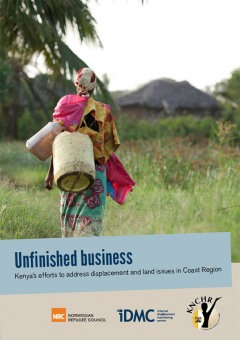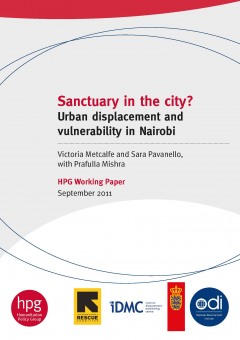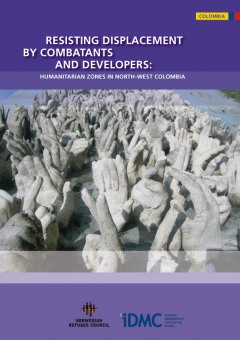Managing Urban Wellbeing in Rural Areas: The Potential Role of Online Communities to Improve the Financing and Governance of Highly Valued Nature Areas
The urban and the rural are increasingly interconnected. Rural areas have become places of consumption, as leisure and recreation have become important functions of rural areas. There are also indications that increased urbanisation even leads to a stronger appreciation of green areas situated far beyond city limits. Rural areas with their highly valued natural amenities nowadays seem increasingly to host urban wellbeing, given the positive relation found between green areas and human wellbeing.









